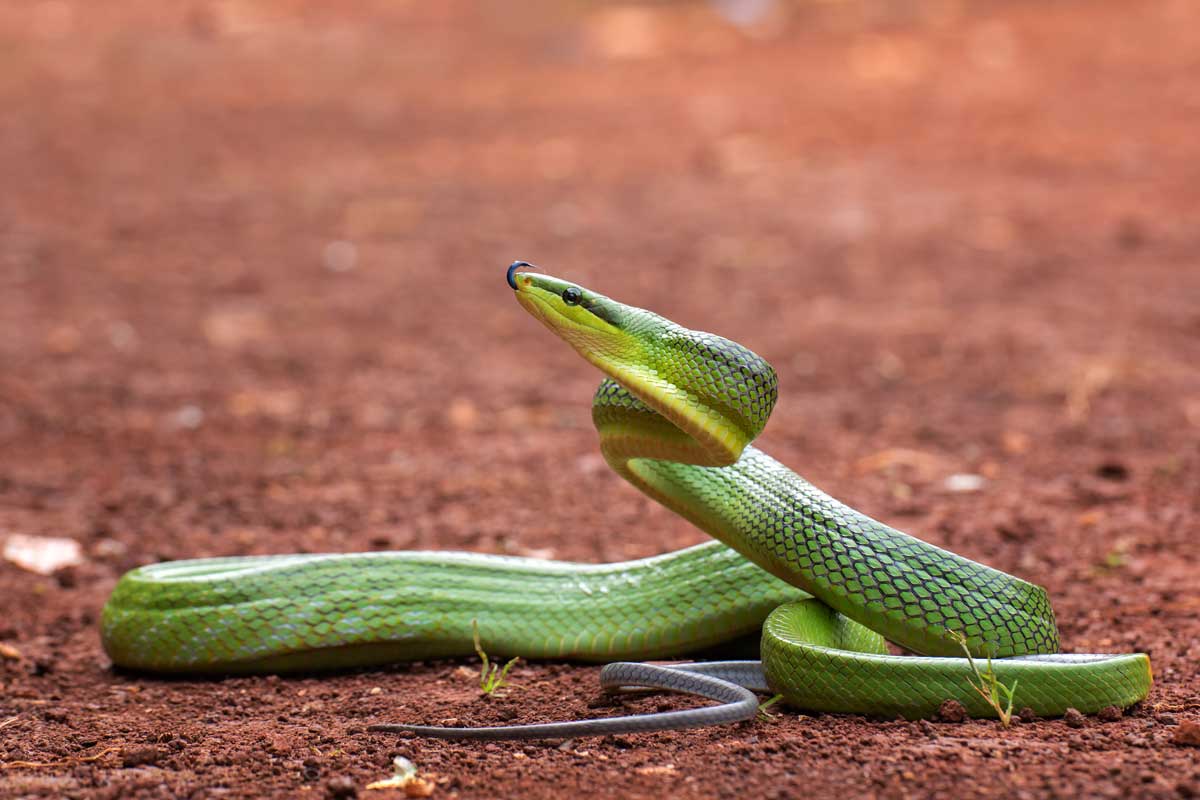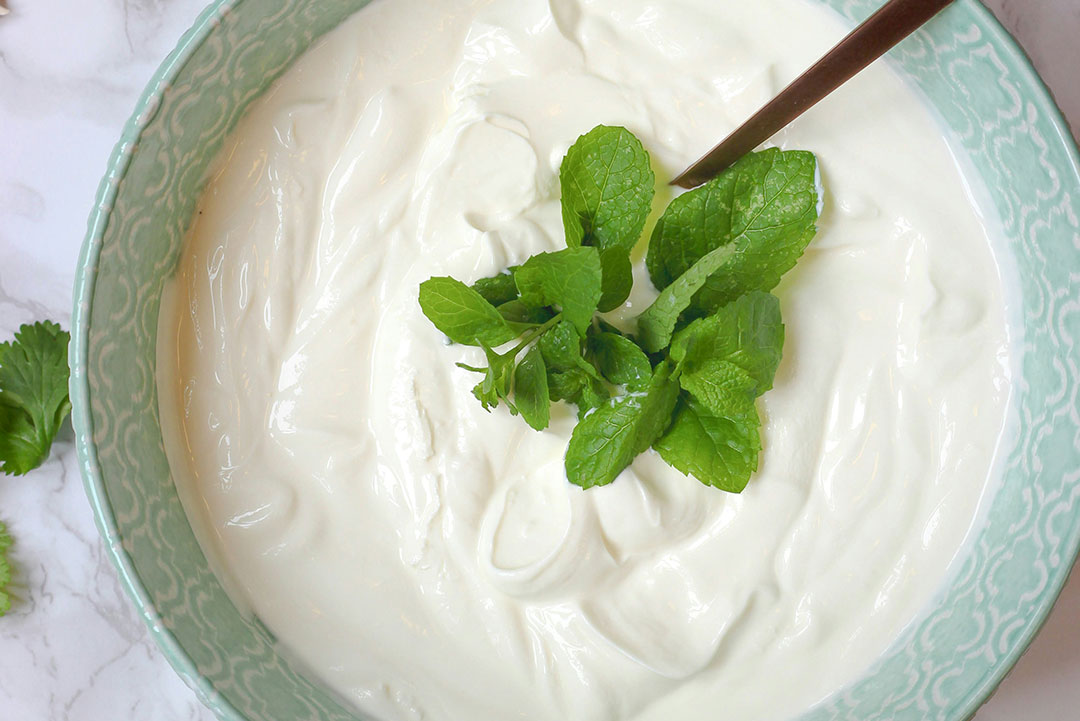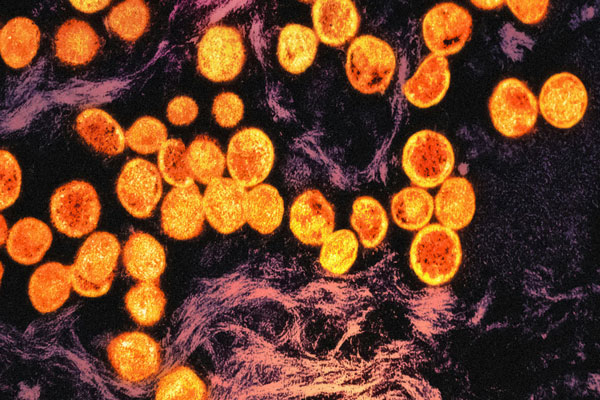Universal snake antivenom a step closer thanks to man bitten hundreds of times
Antivenom cocktail neutralises toxins from 19 of the world’s deadliest snakes.
- 5 May 2025
- 4 min read
- by Linda Geddes

Antibodies from a man who has deliberately courted snakebites and injected himself with venom for nearly two decades have been used to create the most broadly protective antiserum yet.
The three-agent cocktail protected mice against poisoning with venom from 19 of the world’s deadliest snakes, including various cobras, kraits, the Russell’s viper and western diamondback rattlesnake. Researchers claim the finding could open a path toward a universal antiserum that could counter the effects of any venomous snakebite.
Snake venom
Snakebite envenoming is classified as a neglected tropical disease, causing up to 138,000 deaths and 400,000 permanent disabilities each year, according to the World Health Organization (WHO). Bites by venomous snakes can cause paralysis, haemorrhage, irreversible kidney failure and tissue damage – this means that even if people don’t die of the bite, they are at high risk of permanent disability.
For more than a century, the standard treatment has been antivenom – consisting of antibodies from animals immunised with venom from one or more snake species, which neutralise the toxins.
However, the diversity of toxins from the 600-odd venomous snake species means these antivenoms typically only work only against one snake species (or related snakes). Adding to the challenge, treatments based on animal-derived antibodies can occasionally trigger adverse reactions, and treatments tend to be region-specific.
While exploring ways to improve this process, researchers at San Francisco-based vaccine development company Centivax stumbled across a snake-keeping ex-truck mechanic called Tim Friede, who had been deliberately milking his pet snakes, diluting their venom and injecting himself with it to reduce his risk of harm, should he accidentally be bitten by one them. Gradually, he progressed to deliberately provoking bites from his pets.
Immunologists at Centivax discovered that by exposing himself to the venom of various snakes over many years, Friede had generated antibodies that were effective against several snake neurotoxins at once.
“The donor, for a period of nearly 18 years, had undertaken hundreds of bites and self-immunisations with escalating doses from 16 species of very lethal snakes that would normally a kill a horse,” said Dr Jacob Glanville, CEO of Centivax, who led the current study.
“What was exciting was his once-in-a-lifetime unique immune history. Not only did he potentially create these broadly neutralising antibodies, in this case, it could give rise to a broad-spectrum or universal antivenom.”
Antivenom cocktail
To build the therapy, Glanville and colleagues created a testing panel of 19 snakes considered to be of high or very high medical importance by WHO. They then isolated antibodies from the donor’s blood that reacted with neurotoxins from the 19 snake species and tested them one by one in mice envenomated with each of these snakes. This enabled the research team to systematically build a cocktail comprising a minimum but sufficient number of antibodies to neutralise all the venoms.
The final mixture, consisting of two antibodies from Friede, plus a synthetic, small-molecule drug called varespladib, which is a known toxin inhibitor, provided mice with full protection against 13 of the snake species, and partial protection for the remaining six.
Structural analysis of these antibodies suggests that they target active sites in the toxin families, which have remained relatively unchanged throughout evolution. For this reason, “we anticipate that similar broadly neutralising antibodies could be recovered from this immune library for other snake toxin families,” said the team, whose research was published in Cell.
Have you read?
Universal antivenom
“The global medical impact of a single, universal, human-derived antivenom would be substantial,” they added. Not only would it avoid the need for species identification before administering antivenom treatment, but it could provide coverage for many of the 650 venomous snake species and diverse geographies for which there is no current adequate antivenom.
It could also allow stockpiling of a single product to replace the many species-specific ones, and unite a larger market, “easing commercialisation constraints and therefore potentially aiding in reducing antivenom shortages,” Glanville and colleagues wrote.
With the antivenom cocktail having proved effective in mice, the team now plans to test its efficacy in the field, starting with dogs brought into veterinary clinics for snake bites in Australia. They also hope to develop an antivenom targeting the other major snake family, the vipers.
“We’re turning the crank now, setting up reagents to go through this iterative process of saying what’s the minimum sufficient cocktail to provide broad protection against venom from the viperids,” says Prof Peter Kwong at Columbia University in New York, the study’s senior author.
“The final contemplated product would be a single, pan-antivenom cocktail – or we potentially would make two: one that is for the elapids [such as cobras] and another that is for the viperids [such as vipers] because some areas of the world only have one or the other.”
Another goal is to approach philanthropic foundations, governments and pharmaceutical companies to support the manufacturing and clinical development of the broad-spectrum antivenom. “This is critical, because although there are millions of snake envenomations per year, the majority of those are in the developing world, disproportionately affecting rural communities,” Glanville said.








